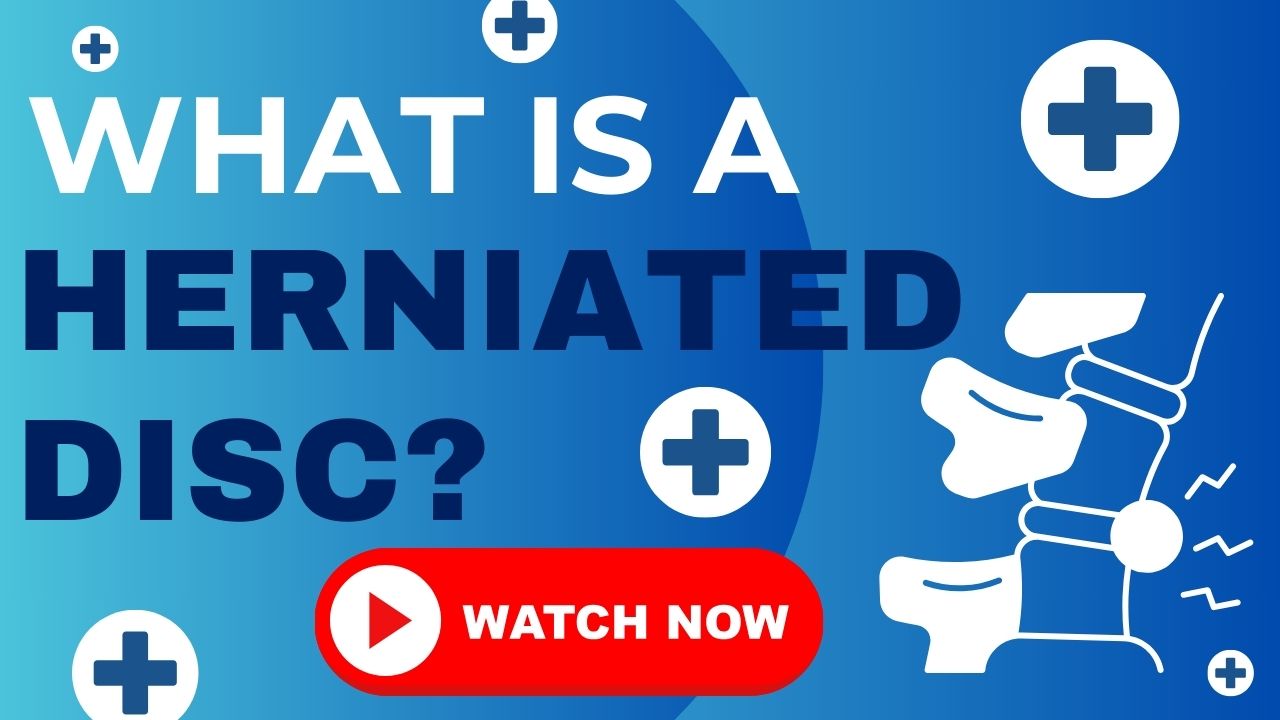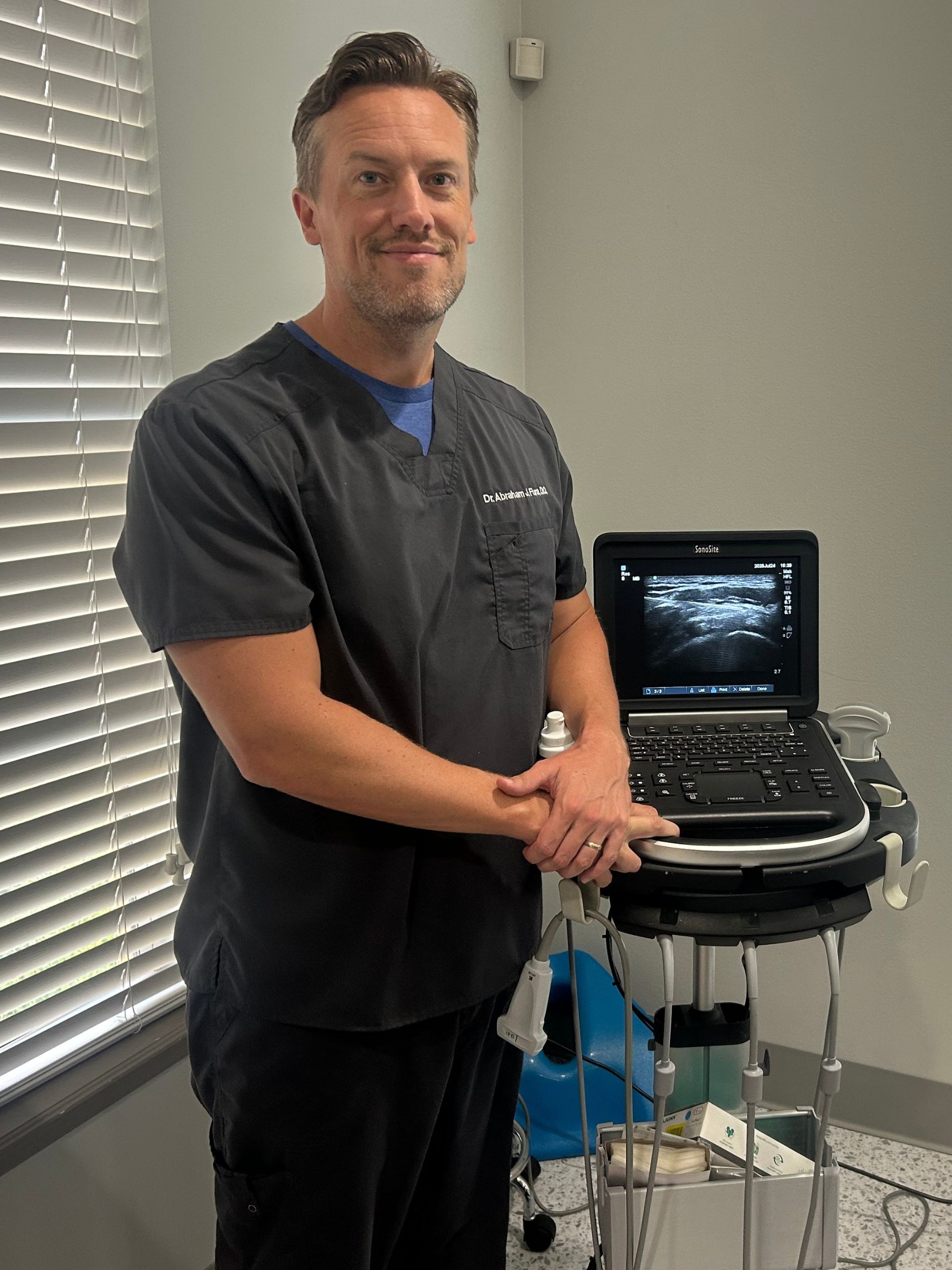
CONDITION OVERVIEW
A disc herniation, also known as a "slipped" or "ruptured" disc, occurs when the soft, gel-like center of a spinal disc pushes through a tear in its tough outer layer. This extruded material can press directly on spinal nerves, causing a significant inflammatory reaction and leading to intense, radiating pain. Unlike a bulging disc where the outer wall remains intact, a herniation involves a rupture. The resulting pain, numbness, and weakness can be debilitating, but the vast majority of cases can be resolved with targeted, non-surgical treatments aimed at reducing inflammation and relieving nerve pressure.

ROOT CAUSES
A herniation often occurs when excessive pressure is placed on a disc that has already been weakened by age or repetitive stress, causing its outer wall to tear.
The most common underlying factor. Age-related wear and tear causes discs to lose water and become brittle, making the outer wall prone to tearing.
Lifting a heavy object with your back, especially while twisting, can create a sudden spike in pressure that ruptures the disc wall.
A forceful, direct impact from a car accident, a hard fall, or a sports collision can be enough to cause an immediate disc herniation.
Years of performing activities that repeatedly load the spine, such as certain jobs or sports, can gradually weaken the disc wall and lead to a herniation.

RECOGNIZING THE SIGNS
Symptoms of a herniated disc are often severe and are caused by the leaked disc material compressing and inflaming a spinal nerve. They are almost always one-sided.
The most classic symptom. An intense, sharp, shooting pain that travels down the leg (sciatica) or arm (cervical radiculopathy).
A "pins and needles" sensation or significant numbness along the nerve's pathway into the hand, foot, arm, or leg.
The nerve compression can lead to significant weakness, affecting hand grip or causing "foot drop," making it hard to lift the front of your foot.
Radiating pain that is dramatically worsened by actions that increase spinal pressure, such as coughing, sneezing, or straining on the toilet.
For a lumbar herniation, pain is typically much worse when sitting or bending forward. For a cervical herniation, certain head positions can trigger severe arm pain.
In addition to the limb pain, there is often a very sharp, centralized pain in the lower back or neck at the exact location of the herniation.
The intense, radiating pain of a herniated disc can be debilitating, but you don't have to suffer. An accurate diagnosis is the first step toward a targeted treatment plan that can provide rapid relief and promote healing, often without surgery. Contact the Spine and Nerve Center Riverview to start your recovery.